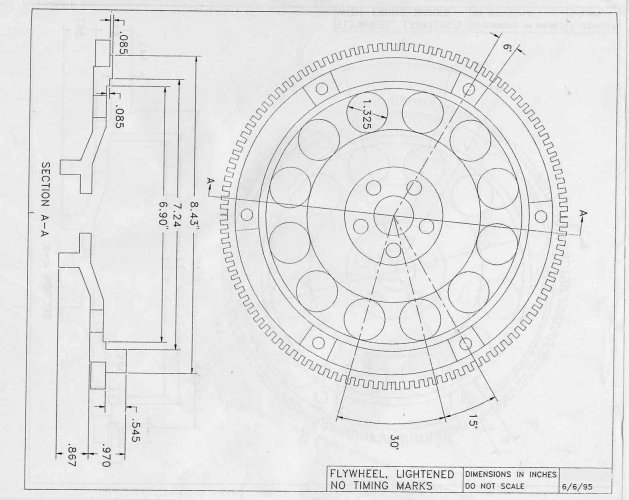Hi All -
I have previously owned three airheads to include 2 R75s and an R100RS. All three had their flywheel lightened in an effort to improve shifting. It did seem an improvement, but not totally sure. My latest project is an ‘81 R65. I am not familiar with this shorter stroke engine, and have not heard whether a lighten flywheel is beneficial for this engine for the same reasons. I am thinking that perhaps the reasons it applied to the 247 engine don’t apply to the 248/1 due mainly to the shorter stroke. Just curious.
Anyone care to offer an opinion on this topic?
Thanks!
Tom
I have previously owned three airheads to include 2 R75s and an R100RS. All three had their flywheel lightened in an effort to improve shifting. It did seem an improvement, but not totally sure. My latest project is an ‘81 R65. I am not familiar with this shorter stroke engine, and have not heard whether a lighten flywheel is beneficial for this engine for the same reasons. I am thinking that perhaps the reasons it applied to the 247 engine don’t apply to the 248/1 due mainly to the shorter stroke. Just curious.
Anyone care to offer an opinion on this topic?
Thanks!
Tom


